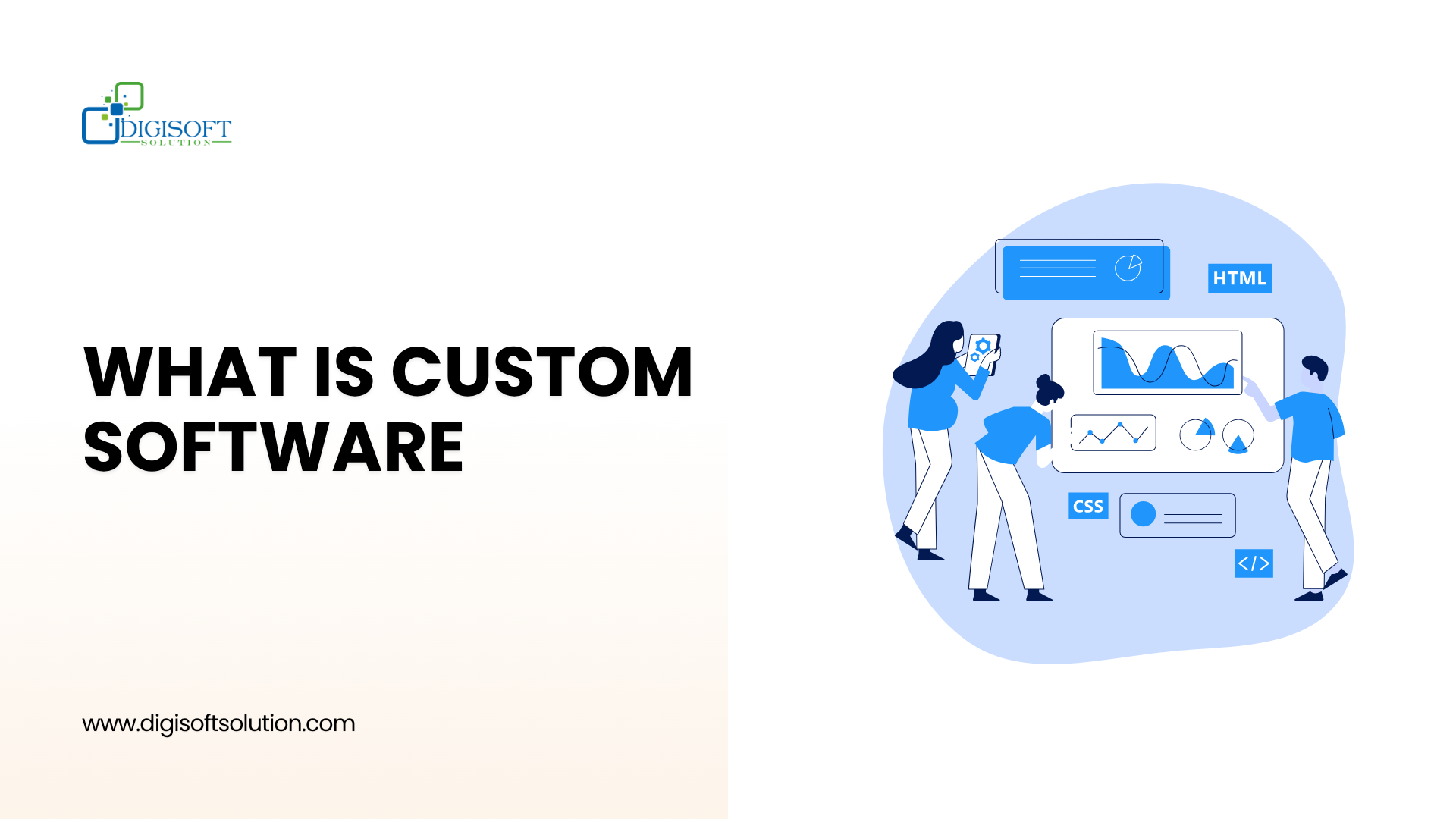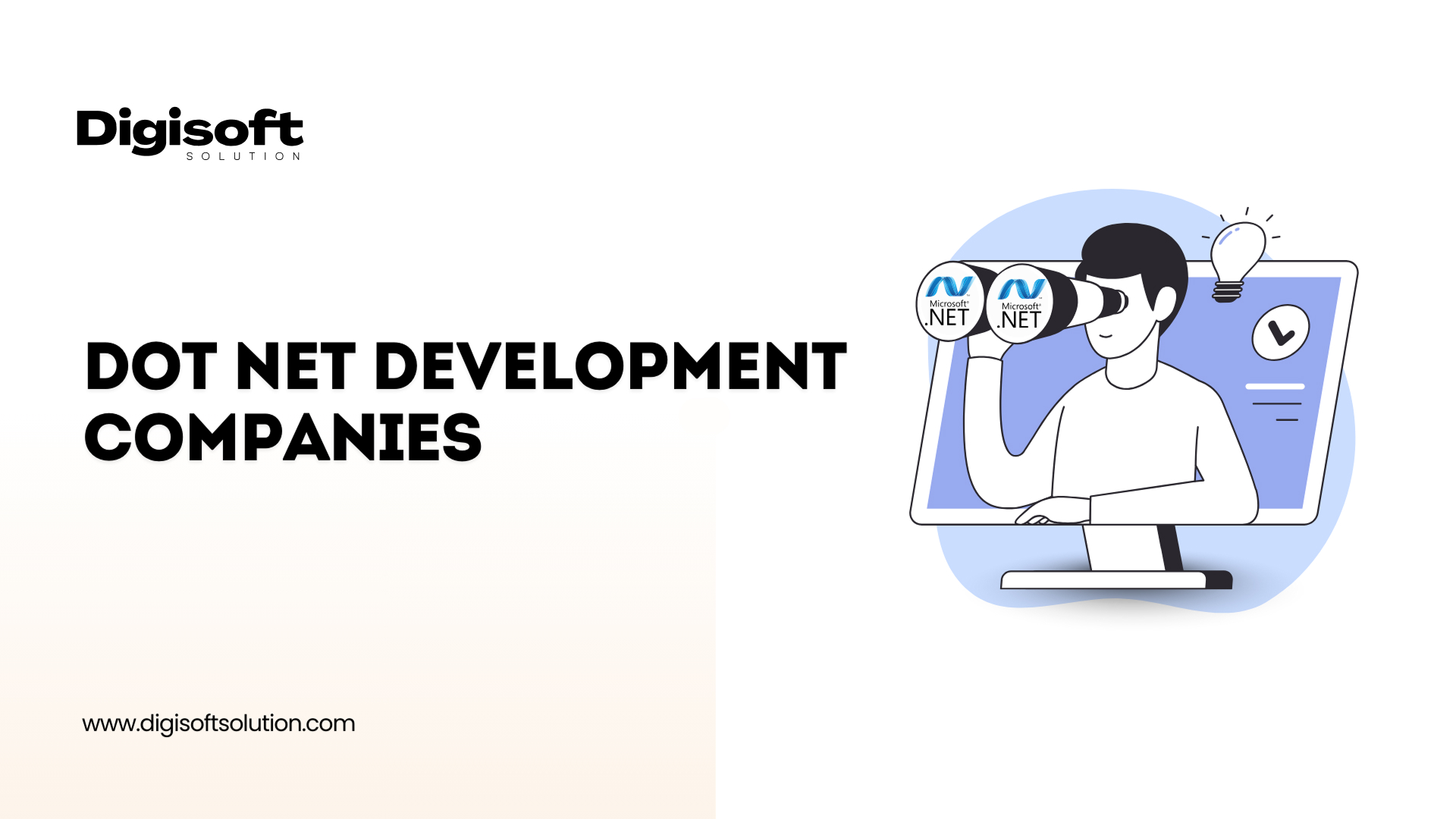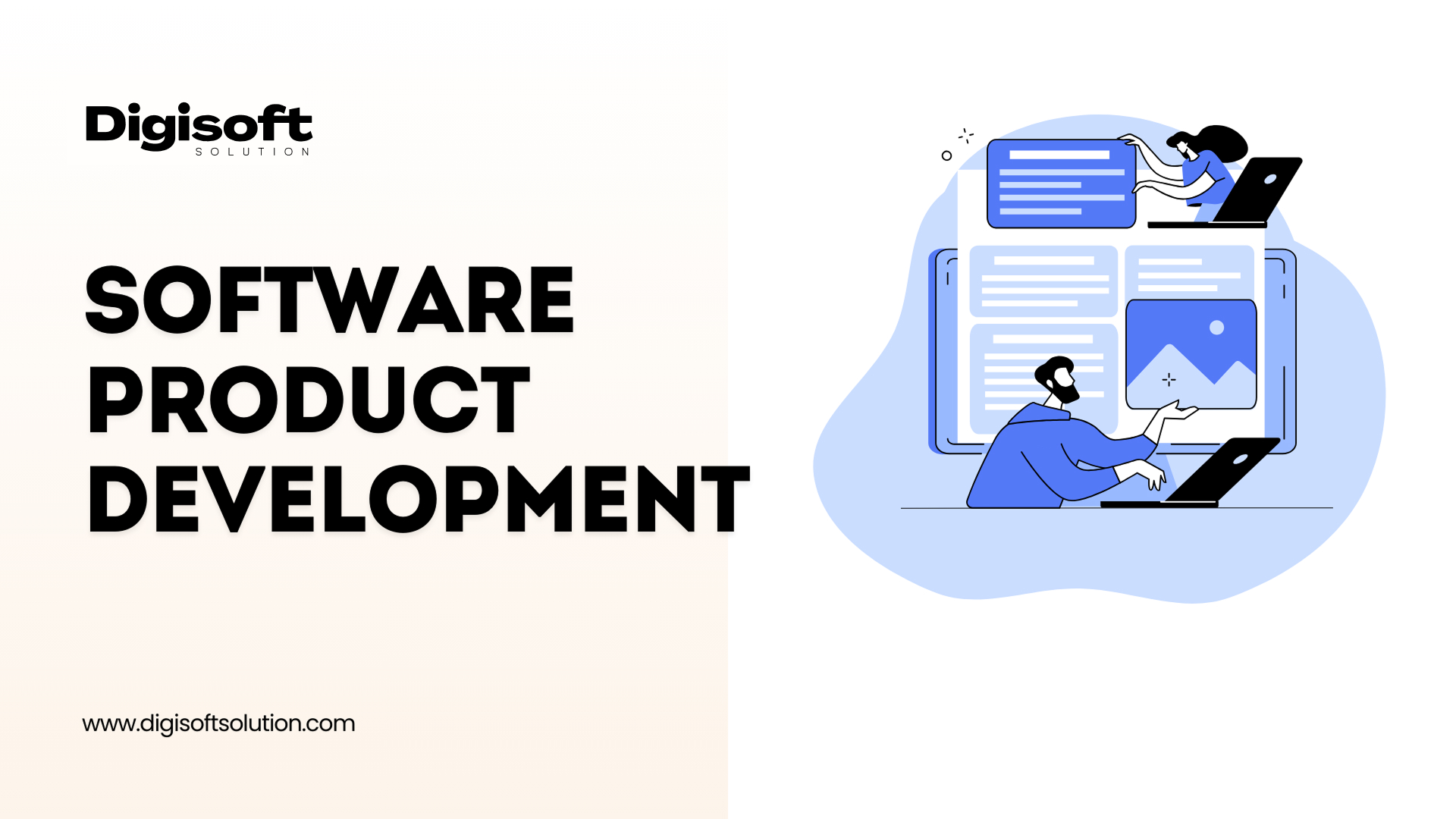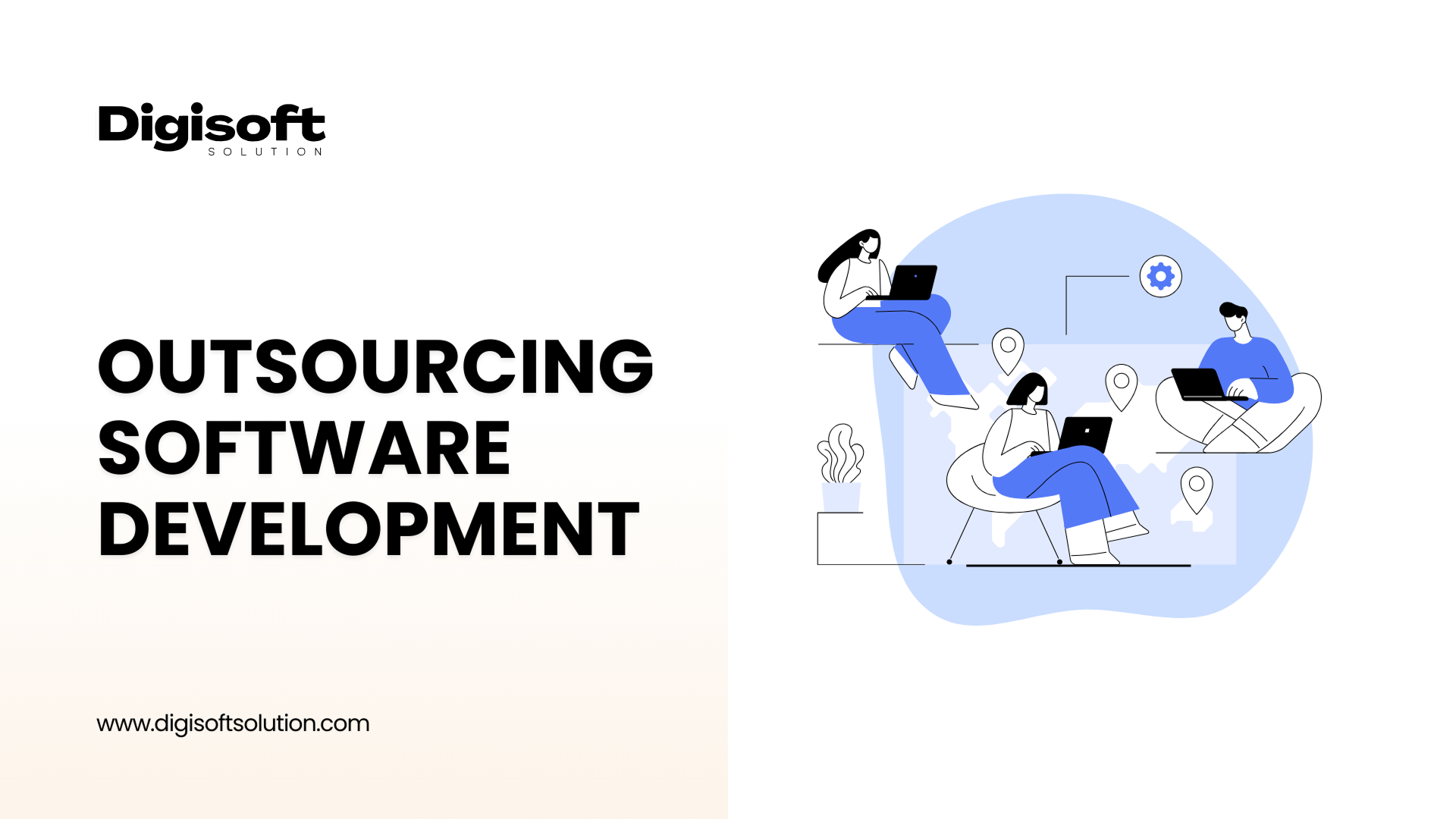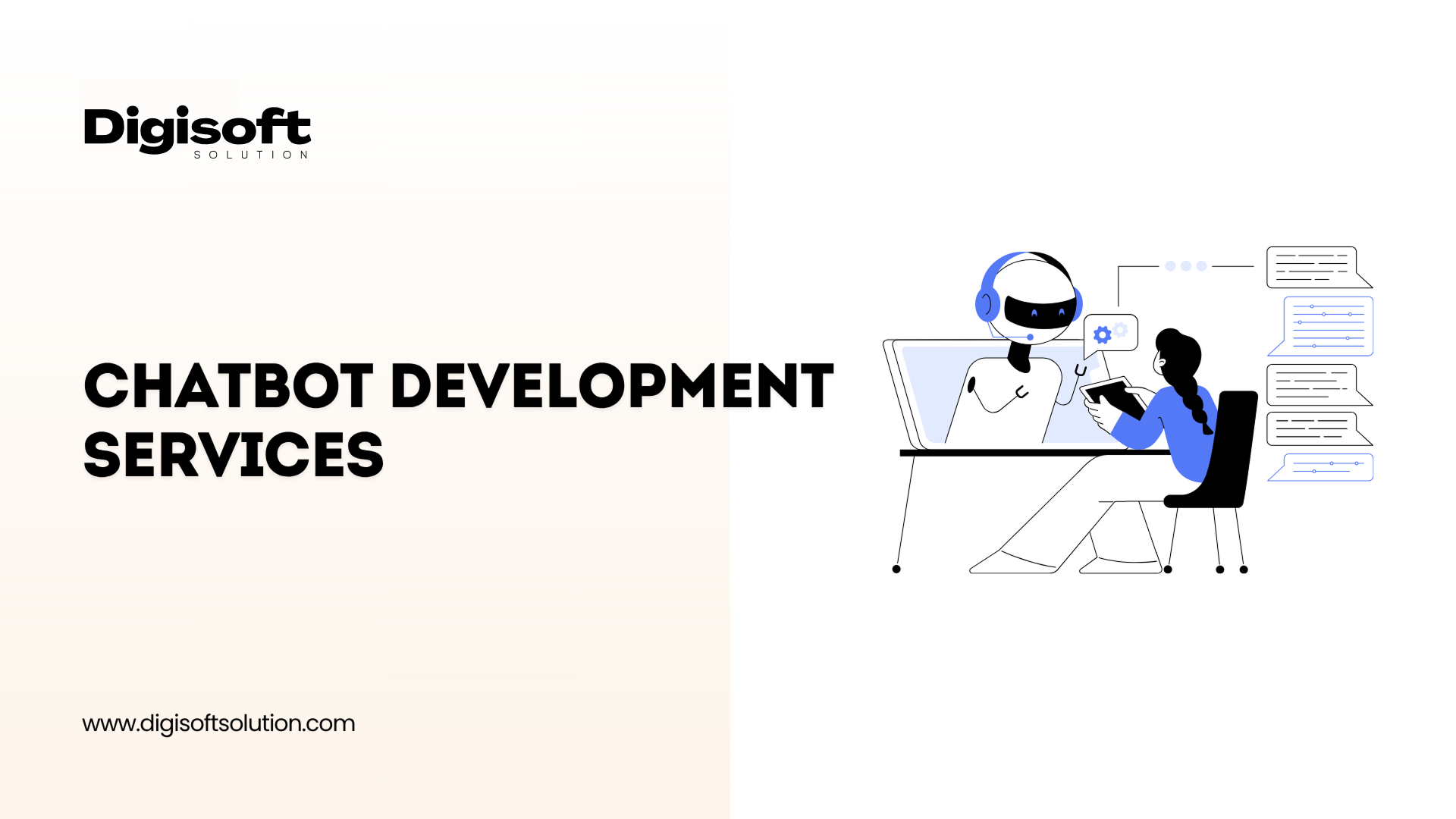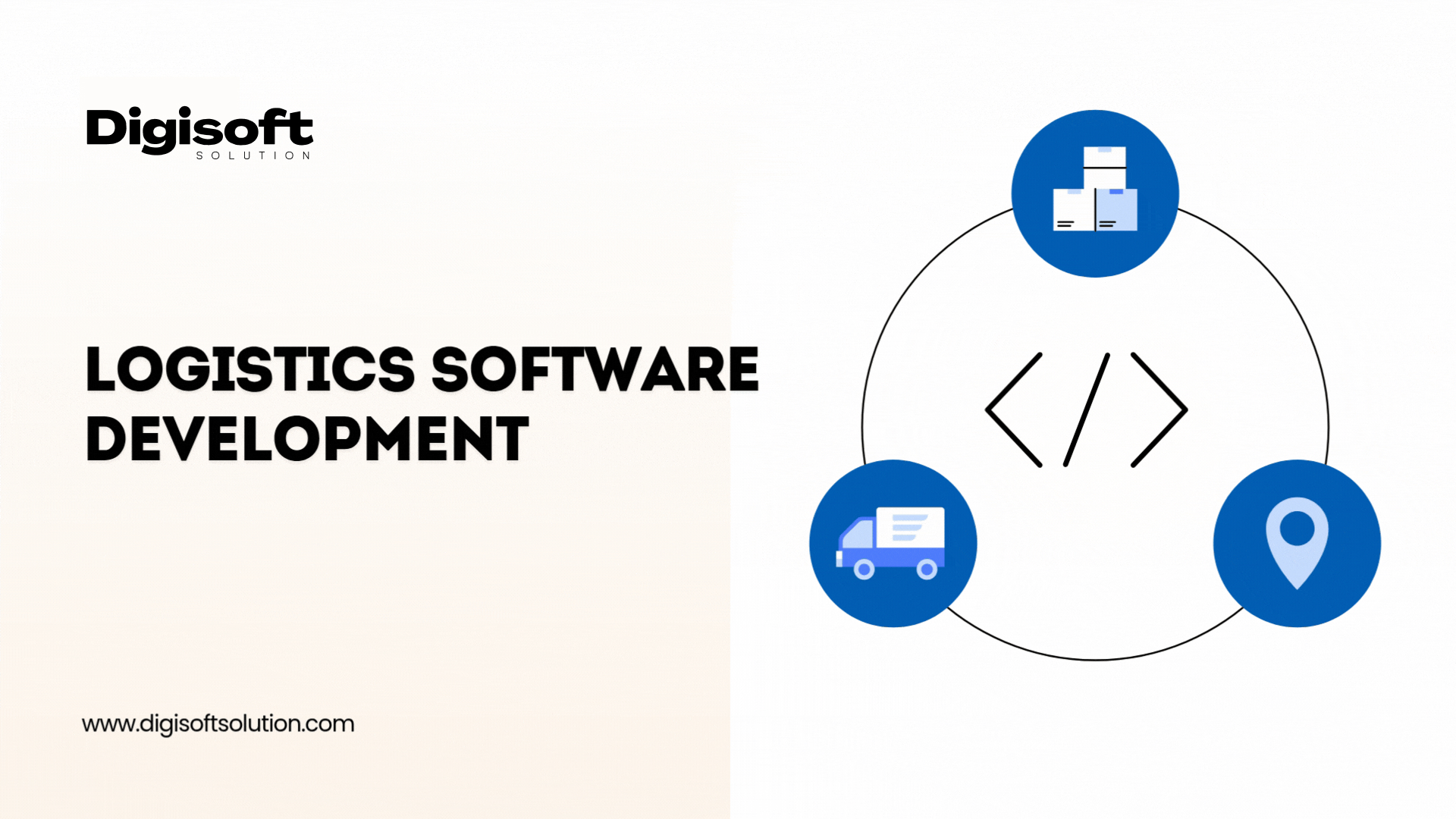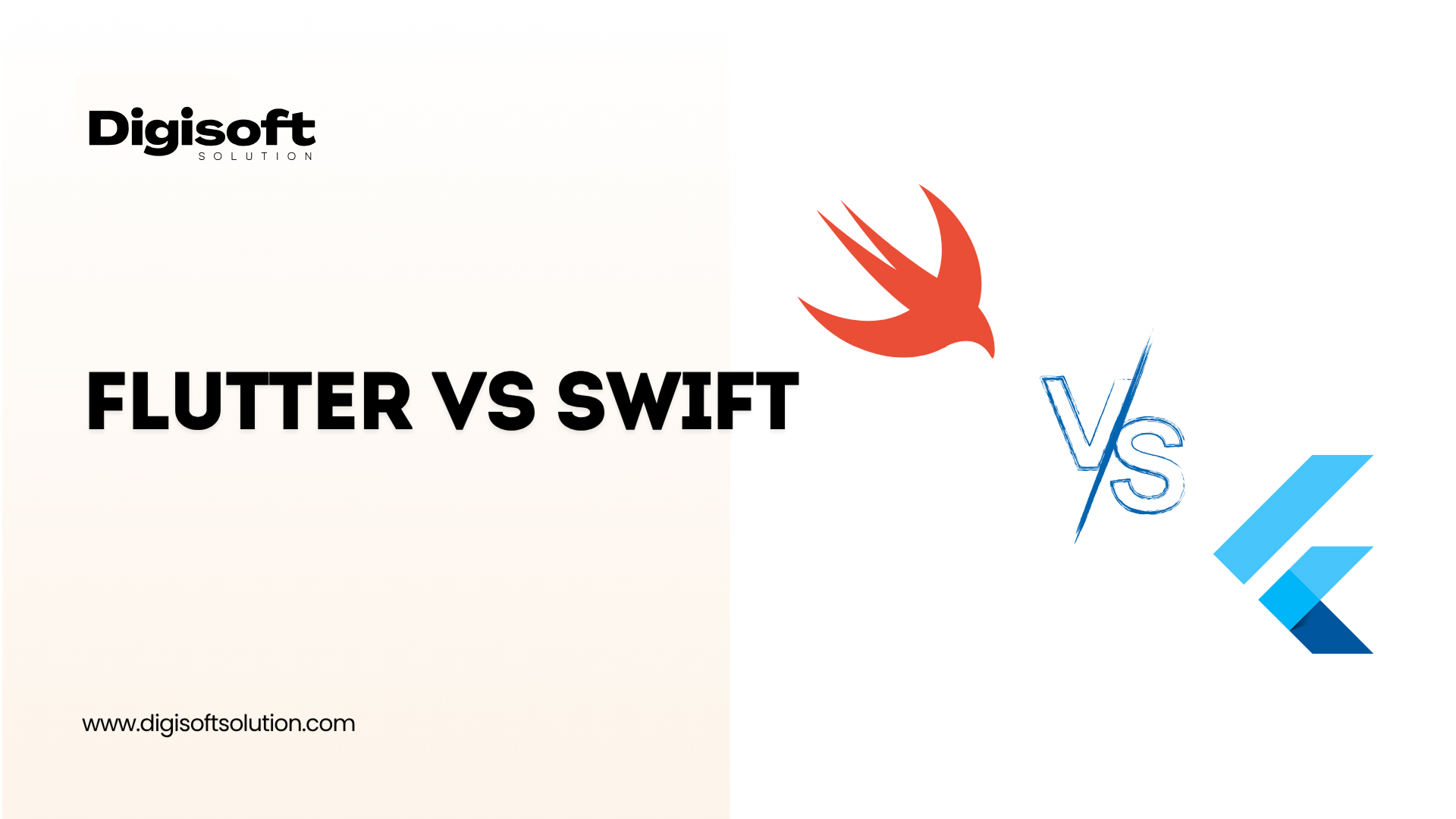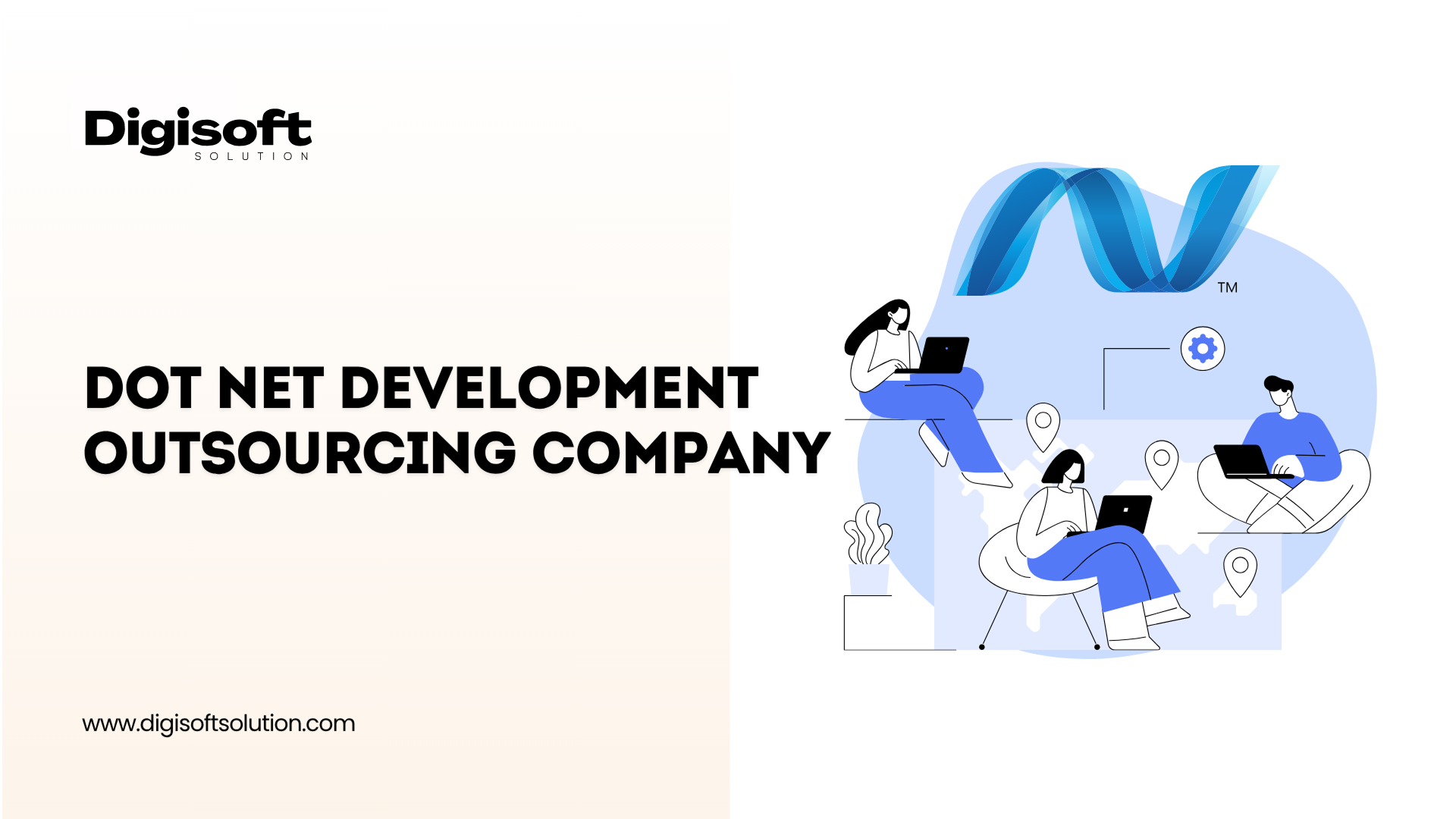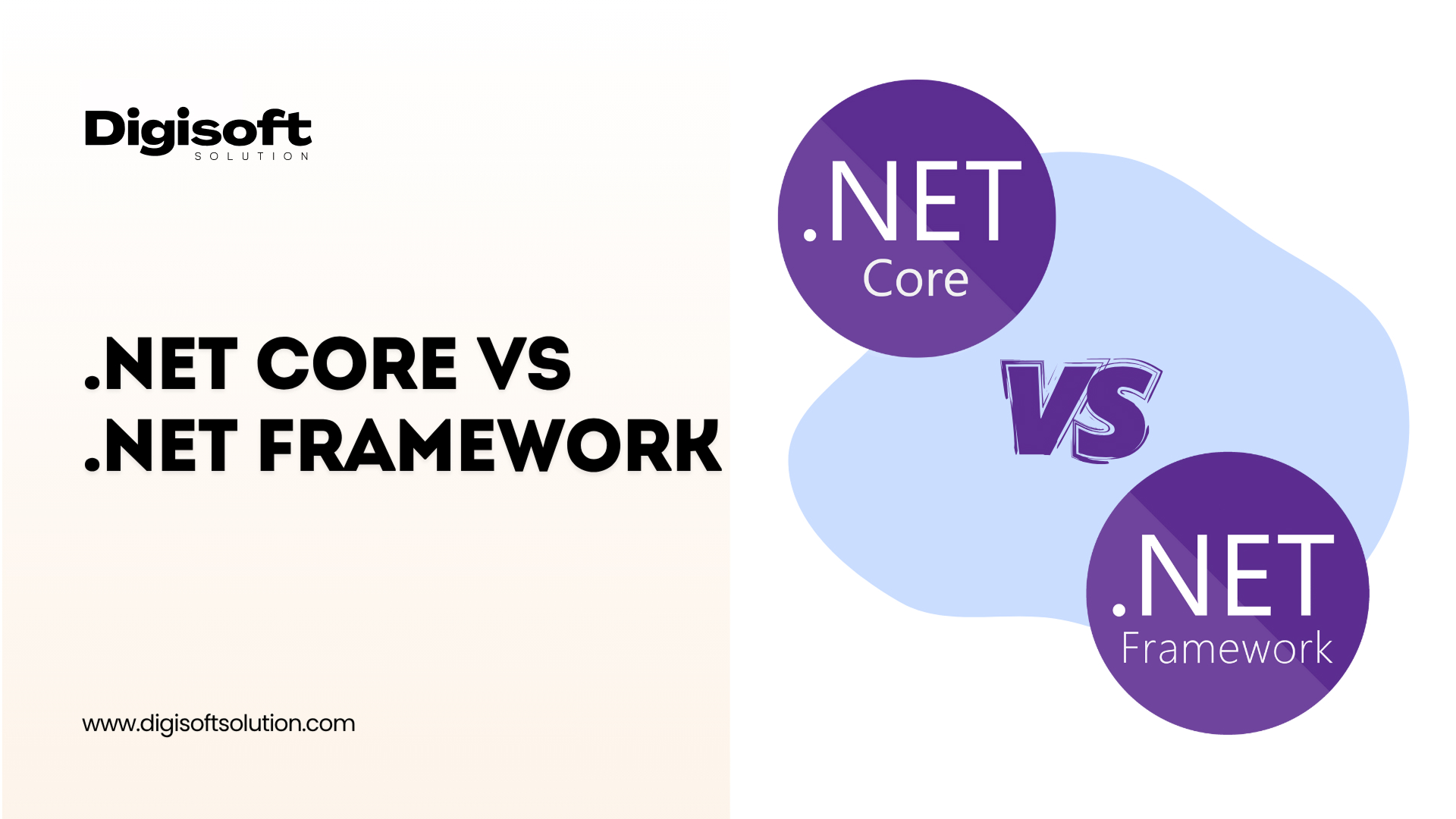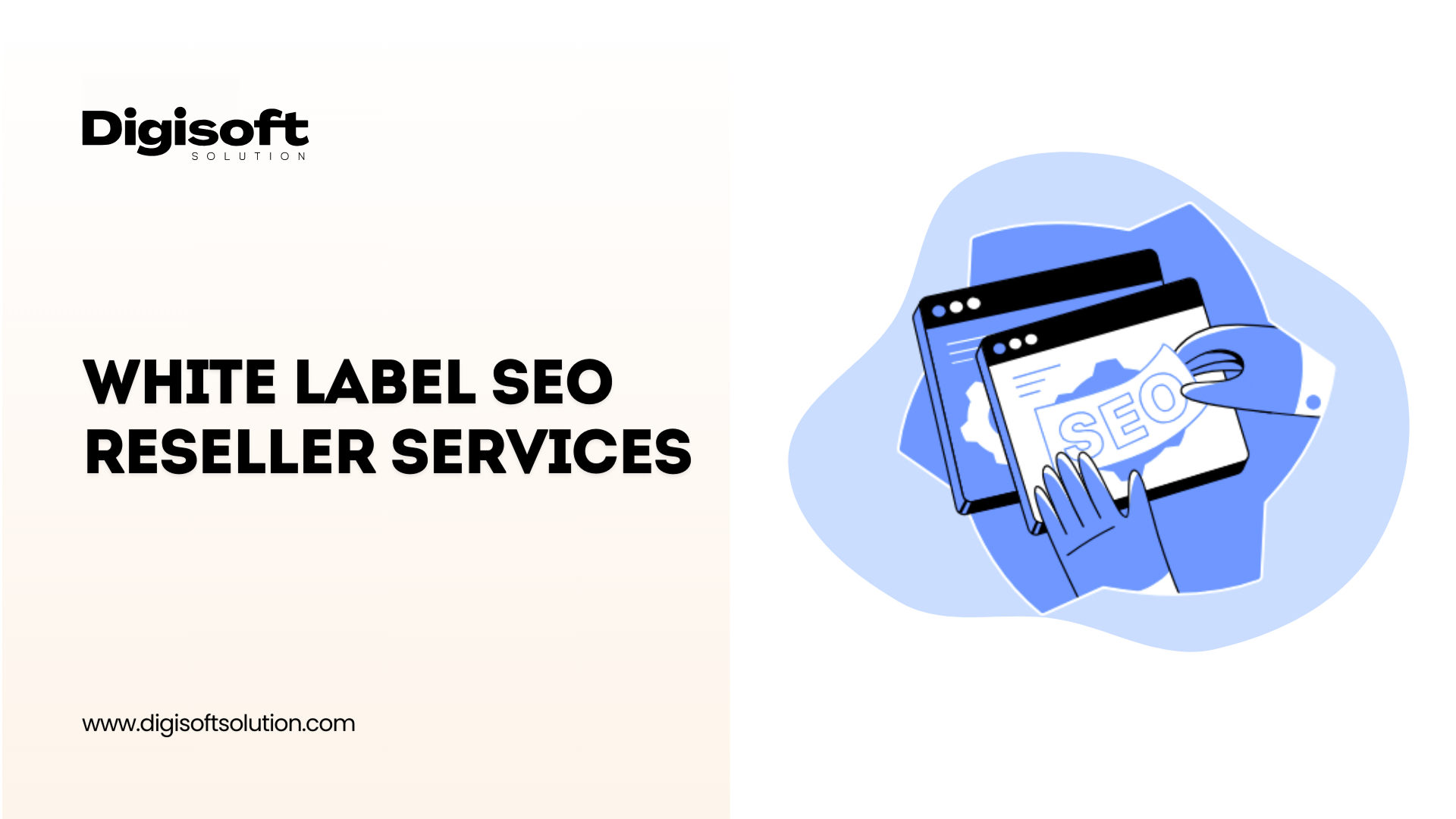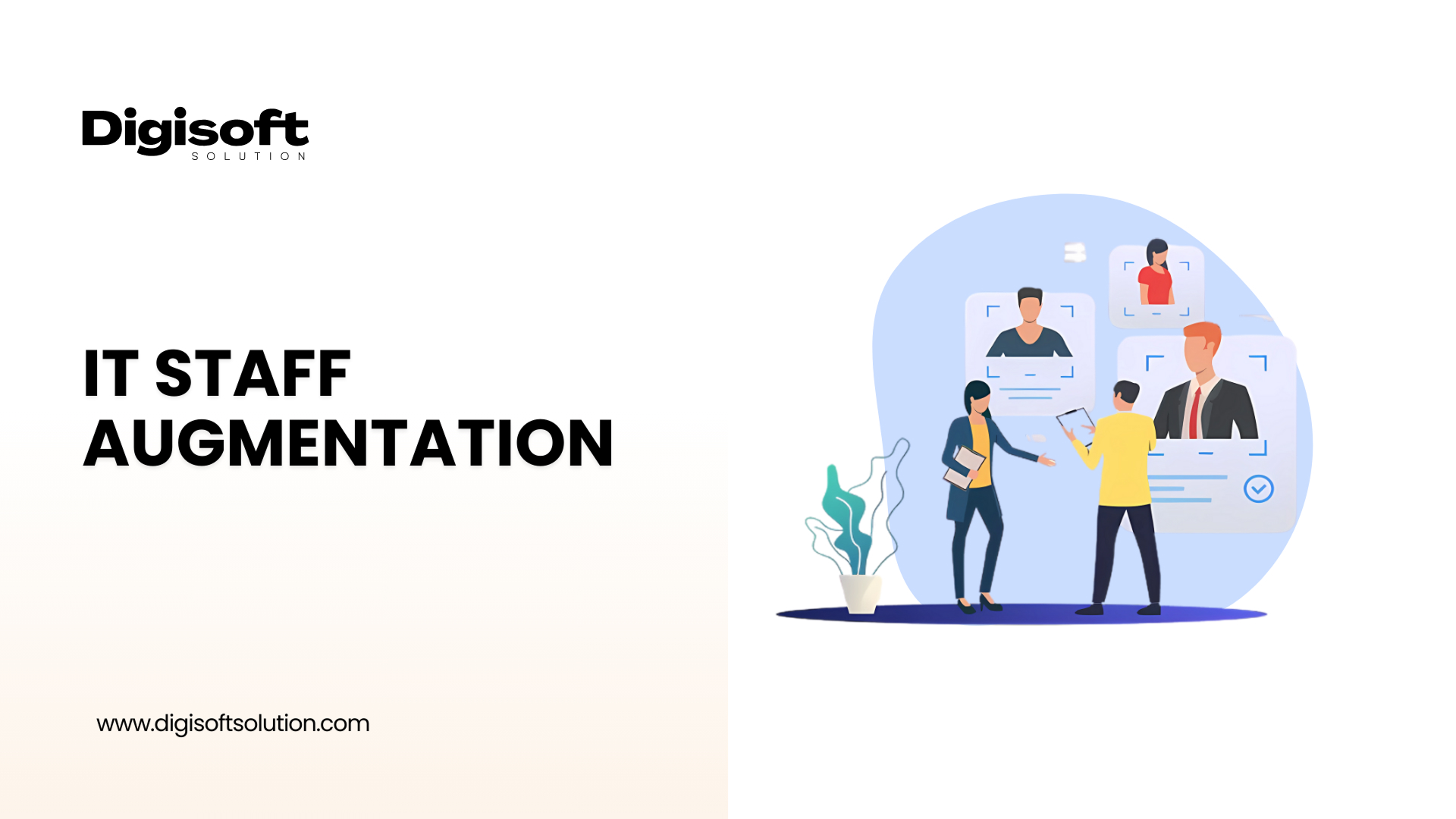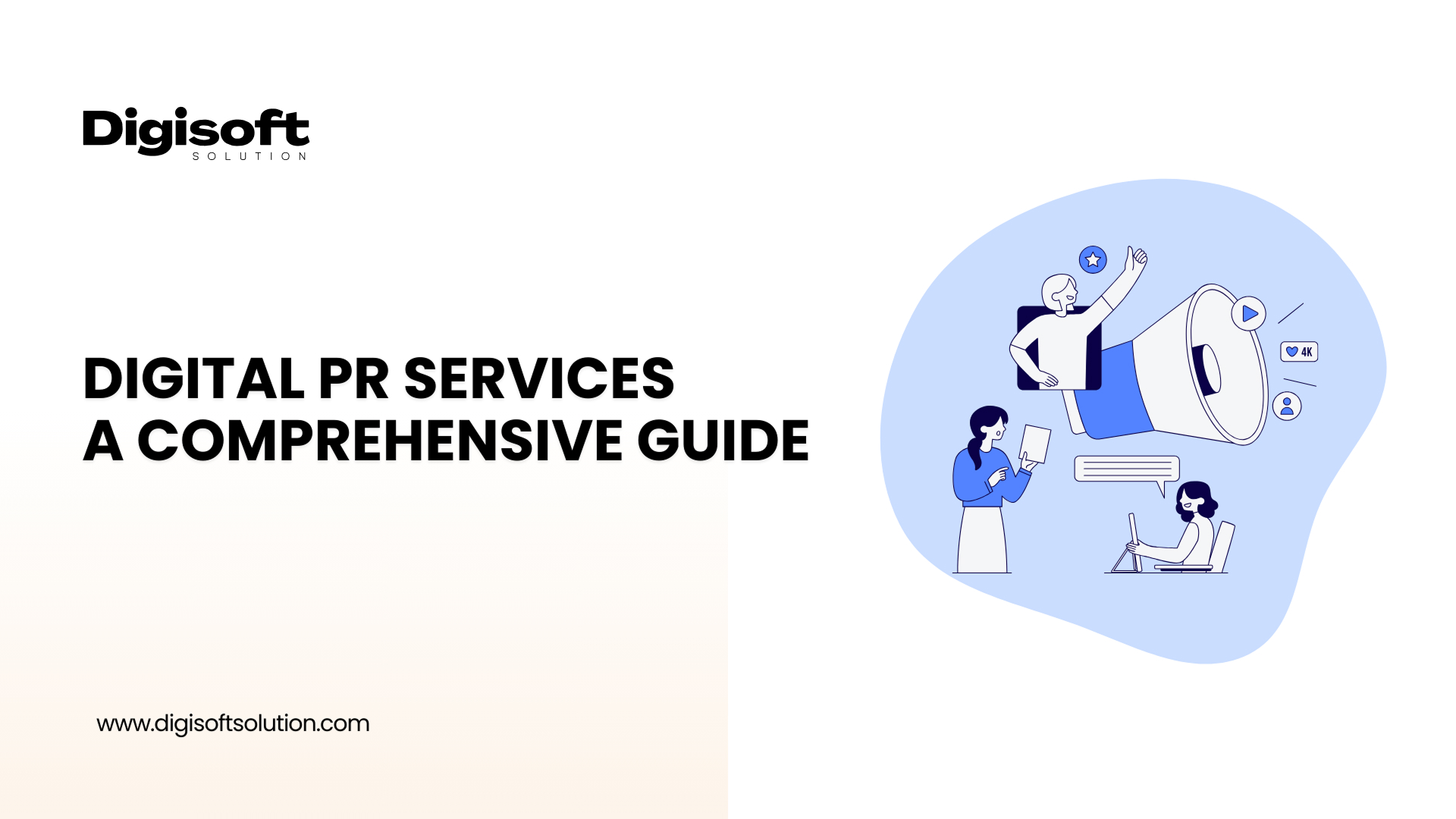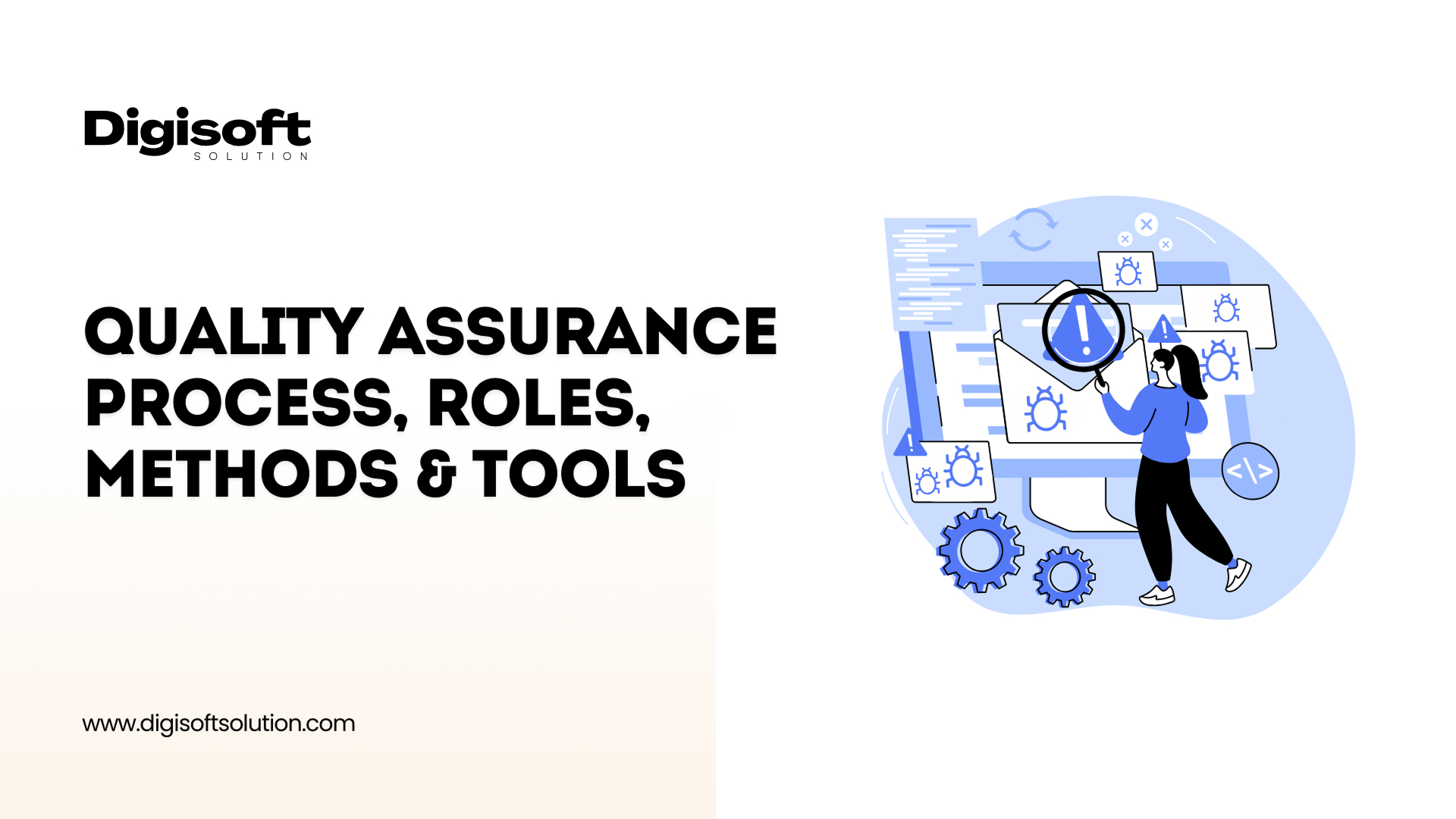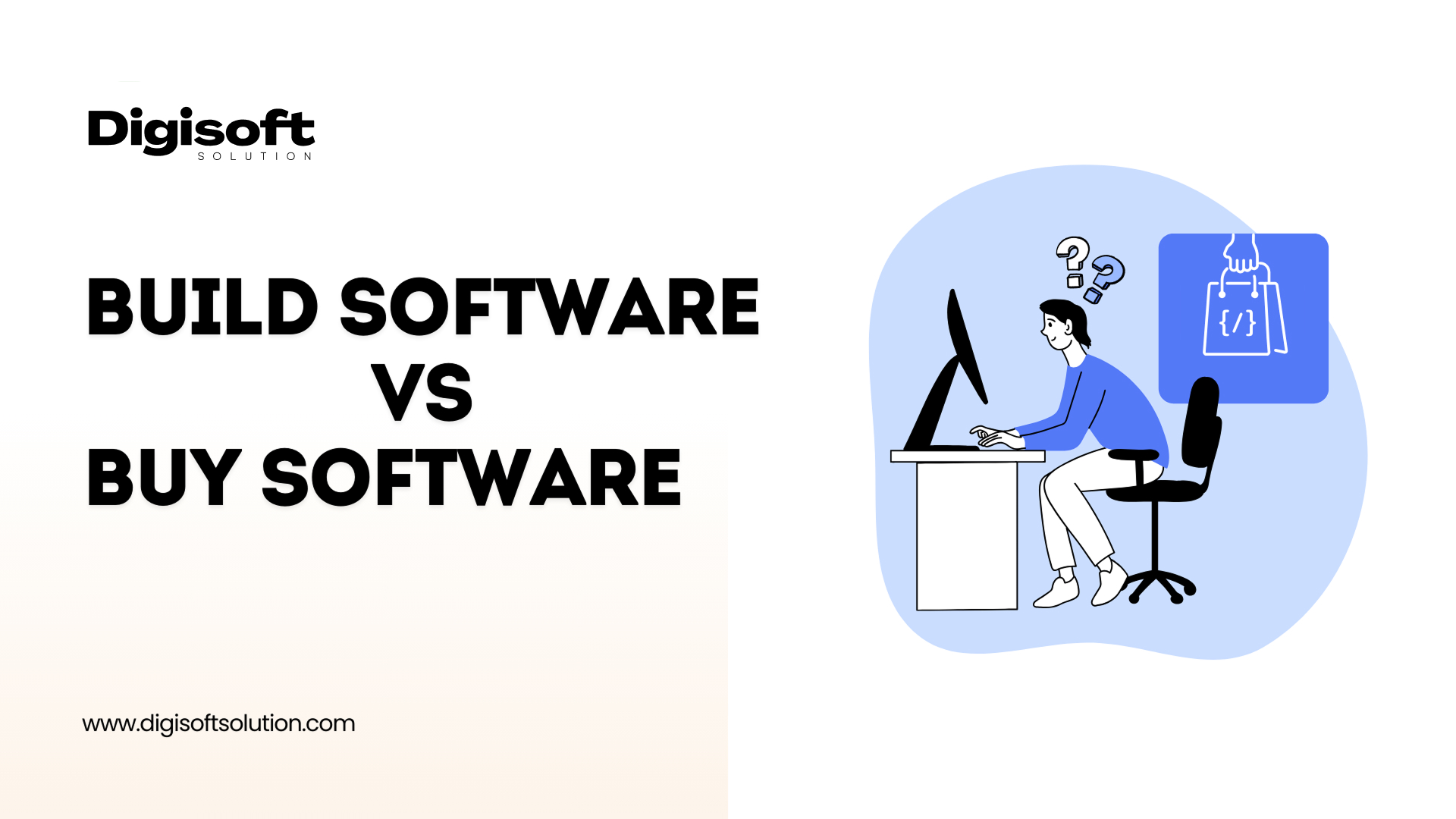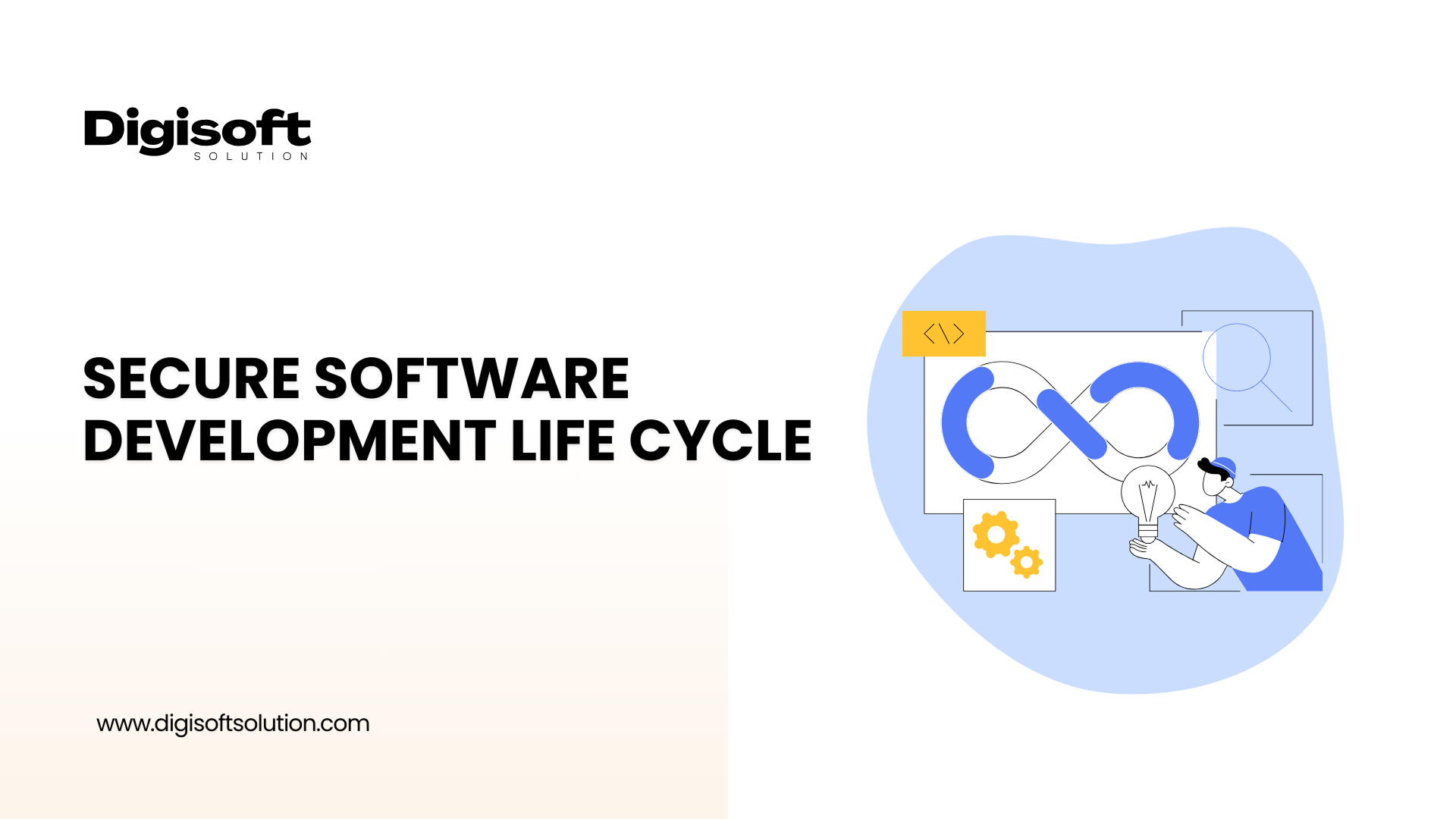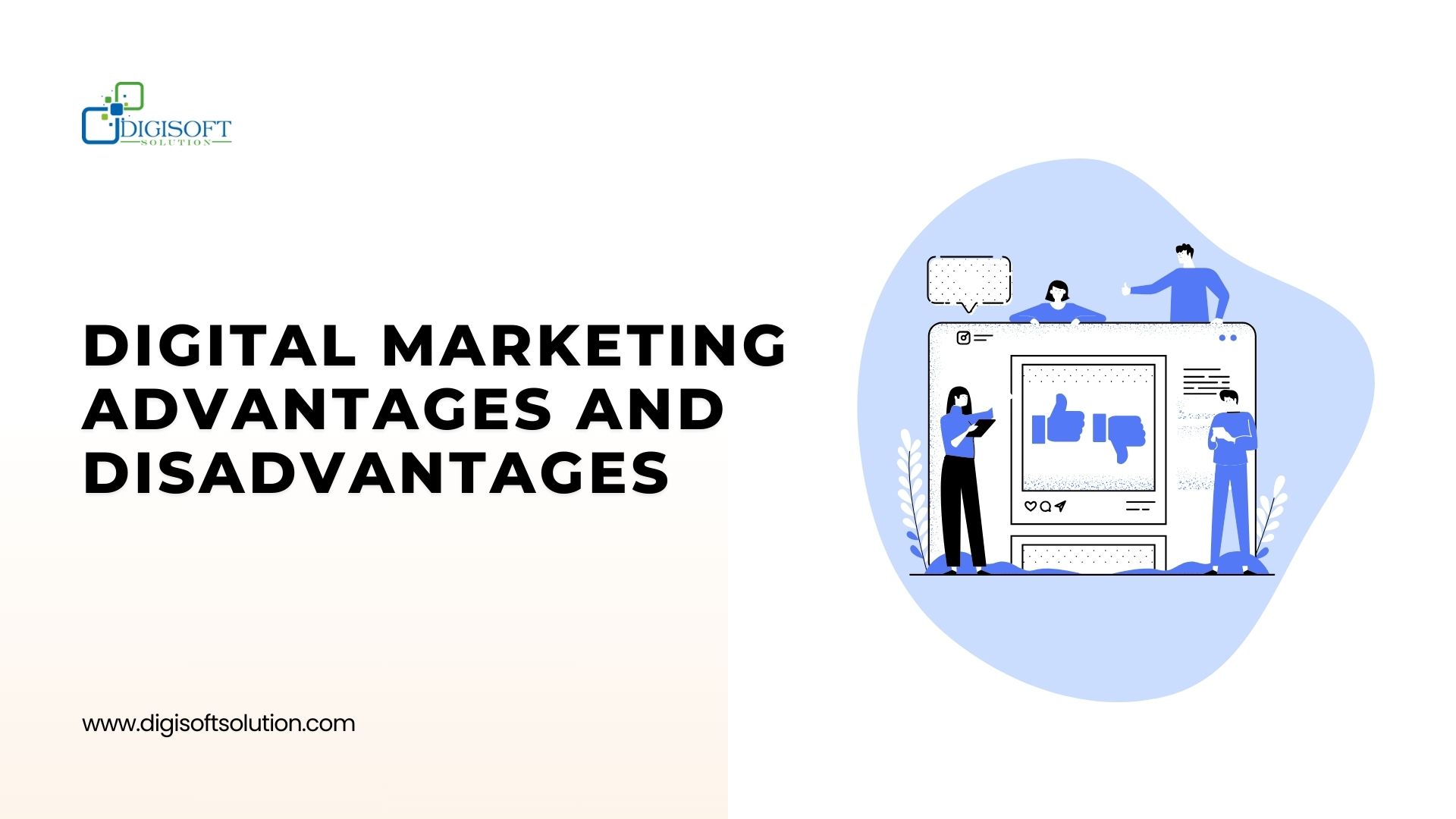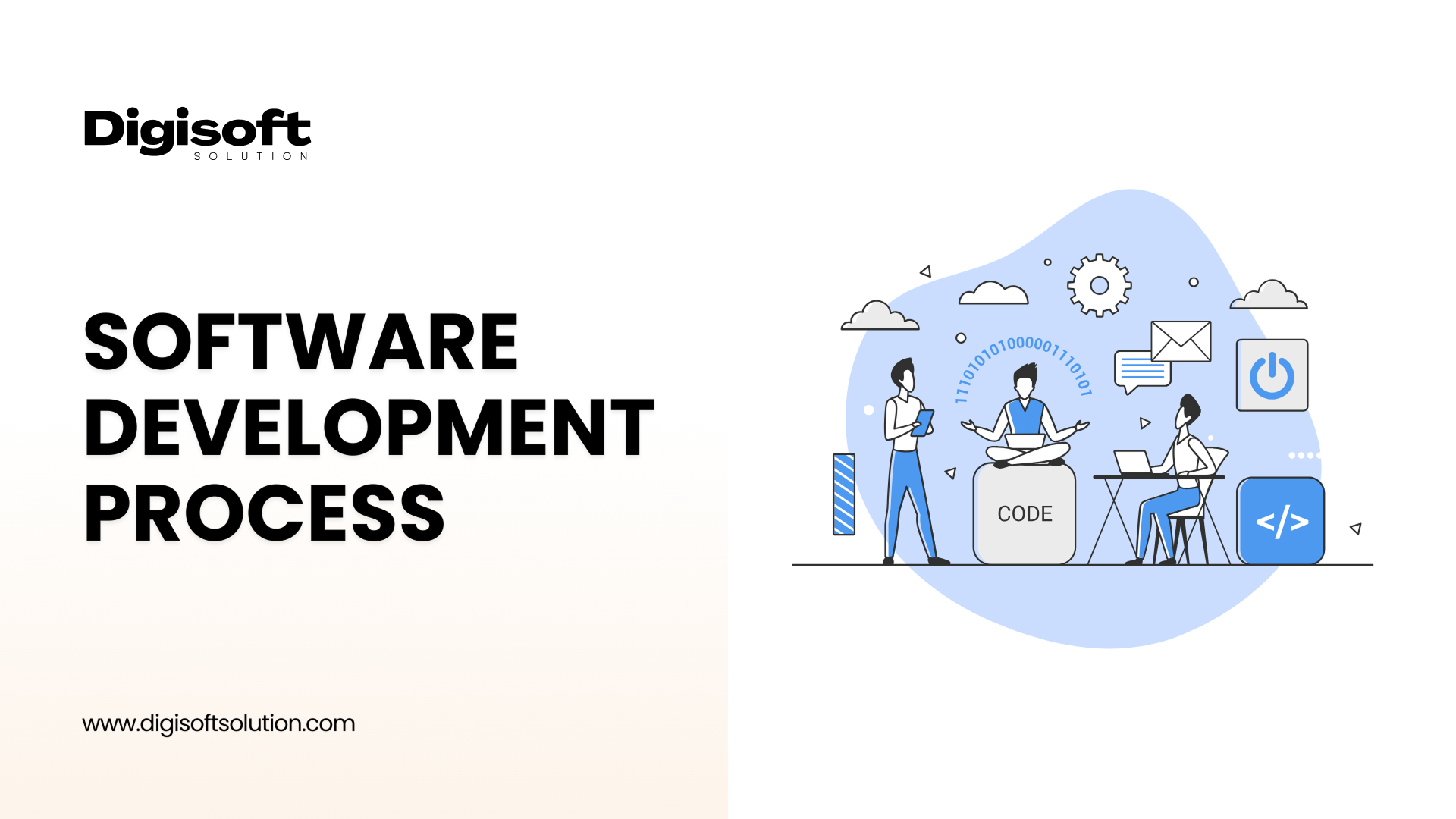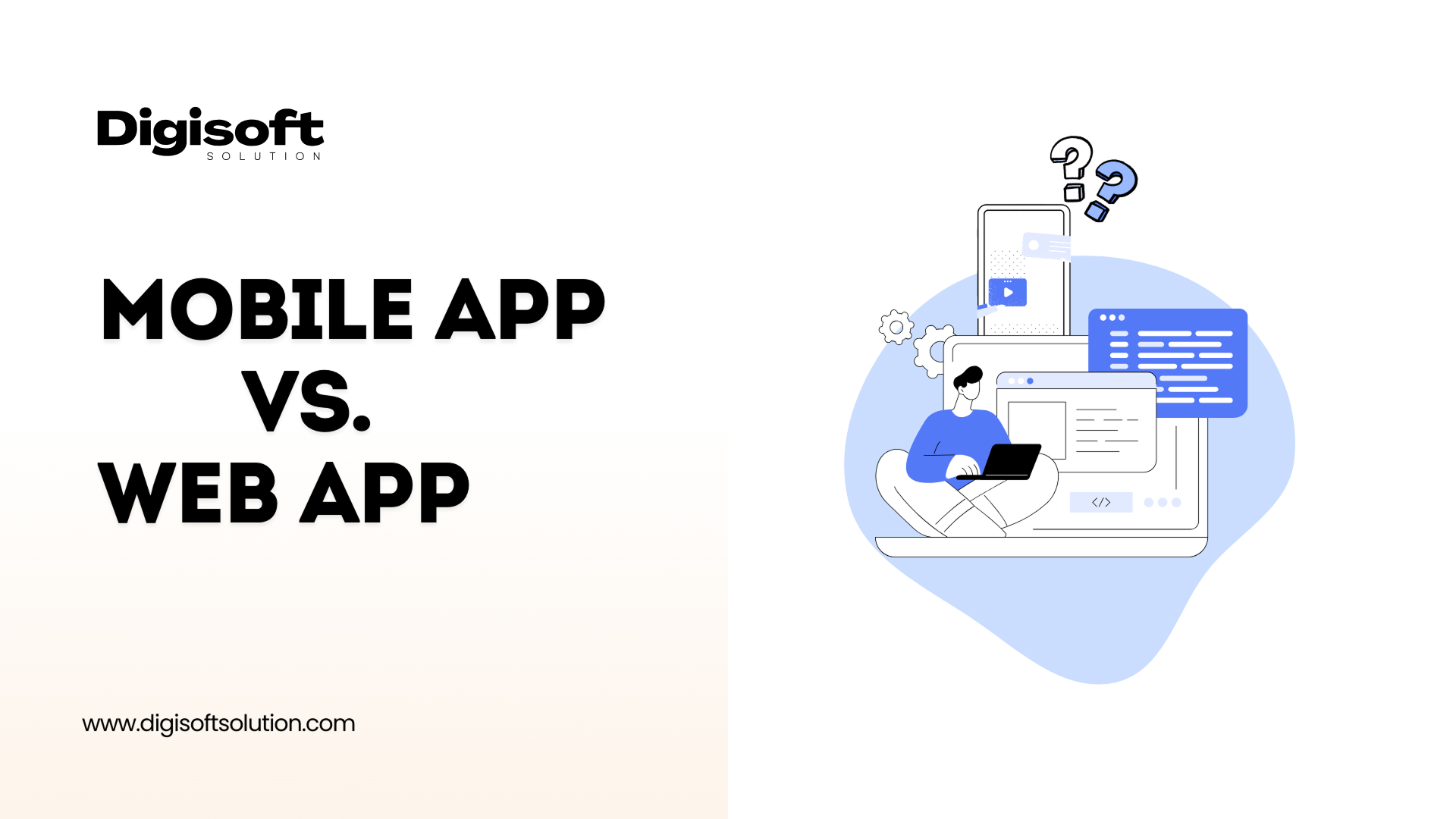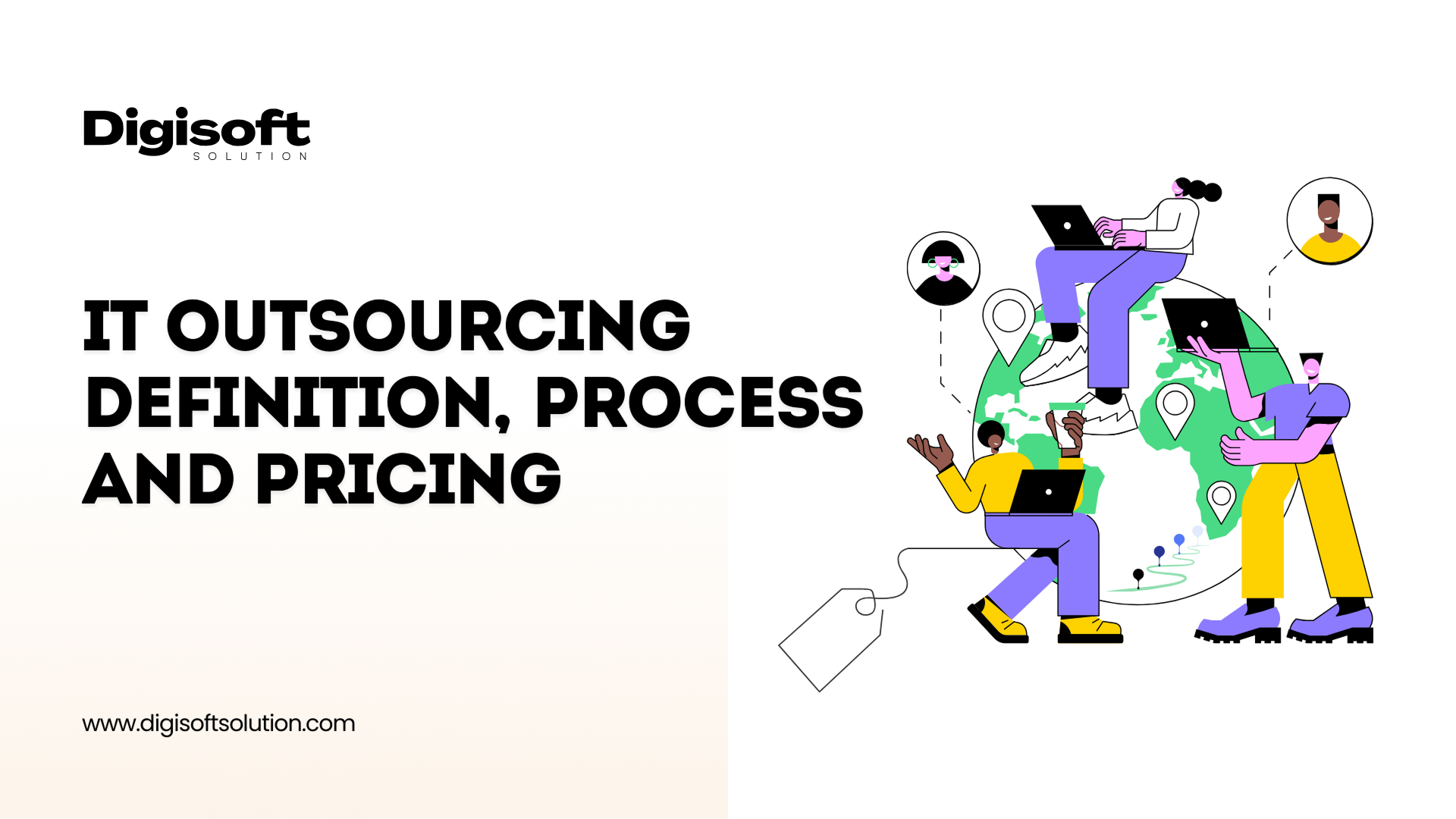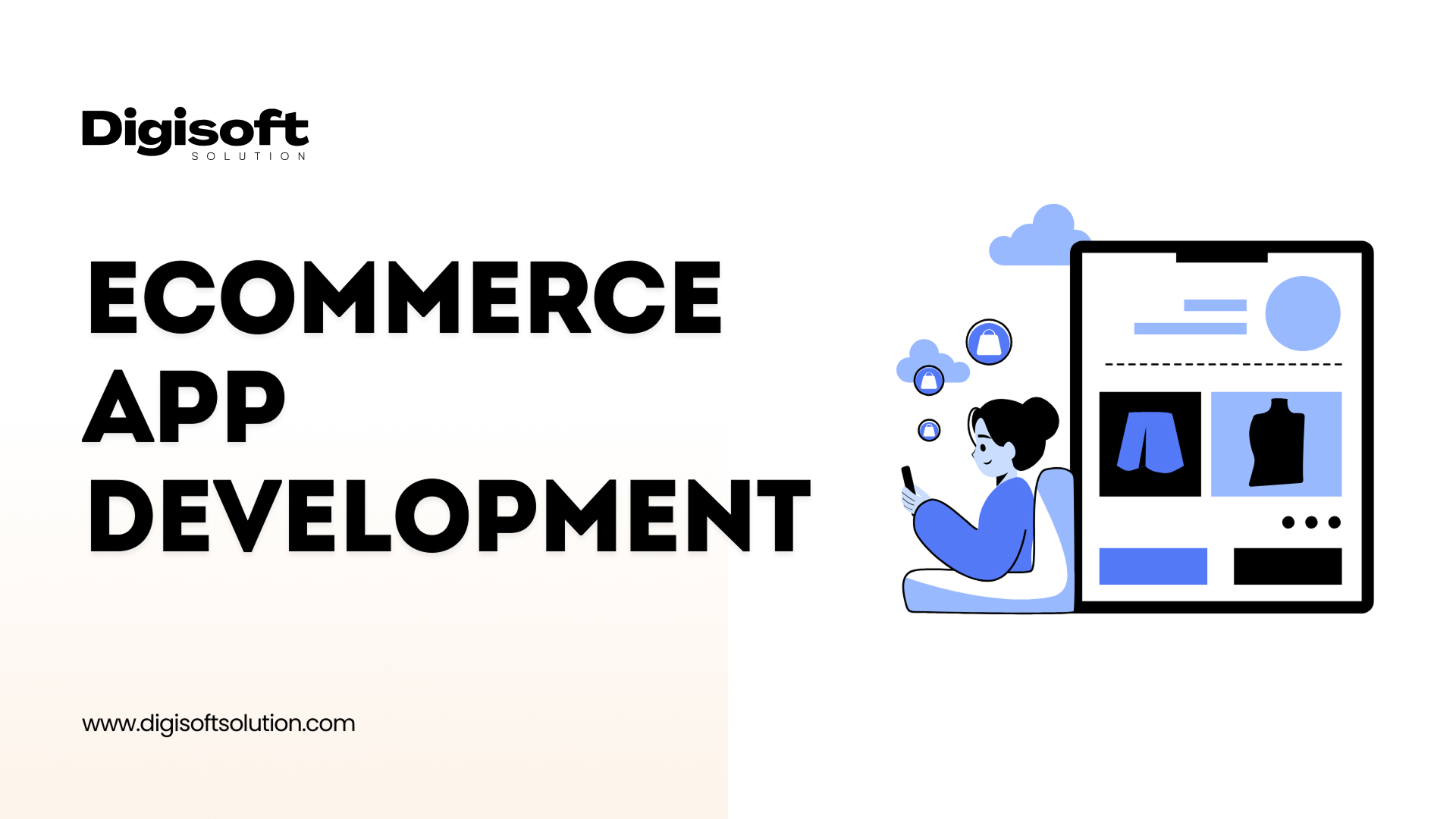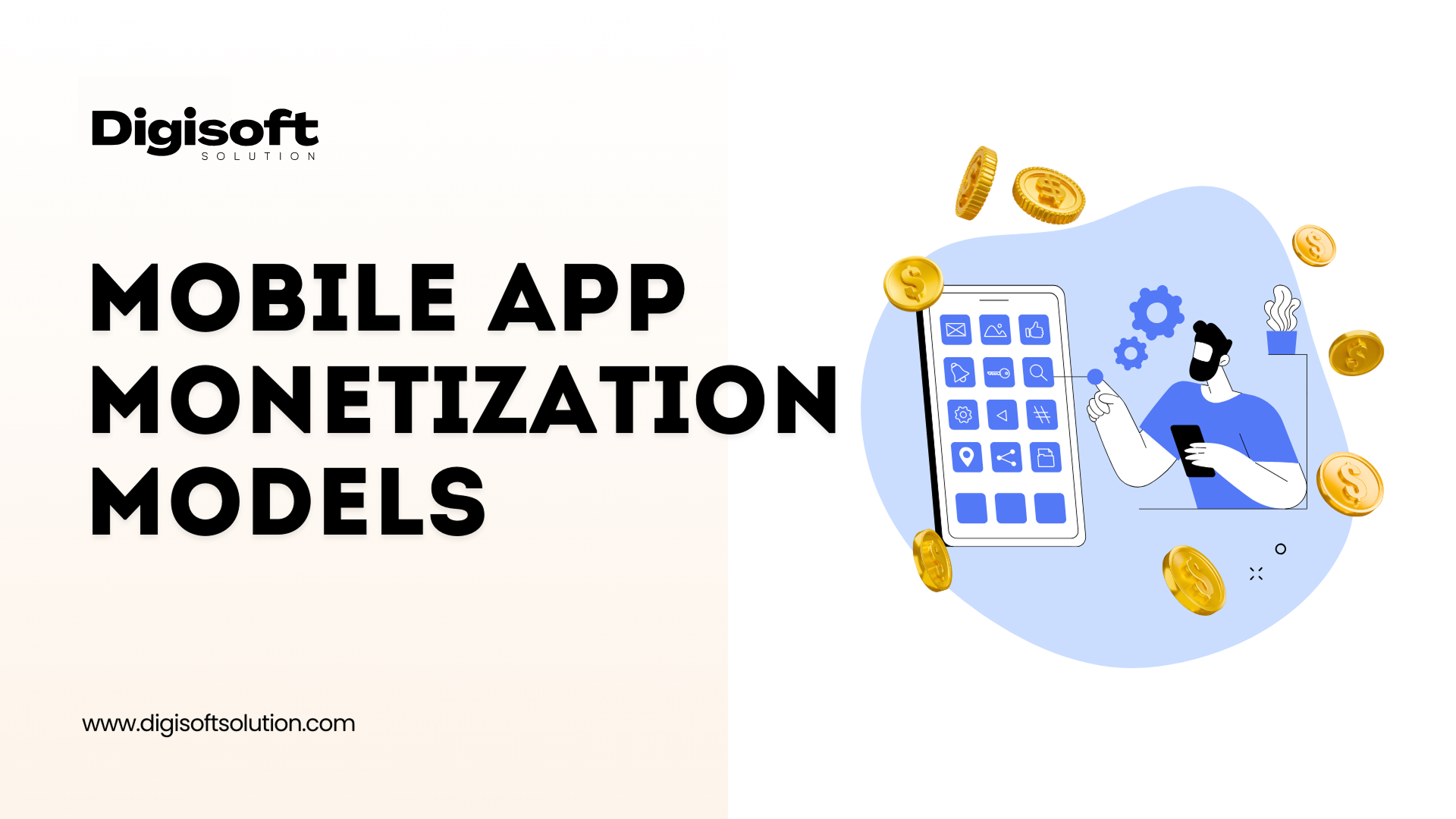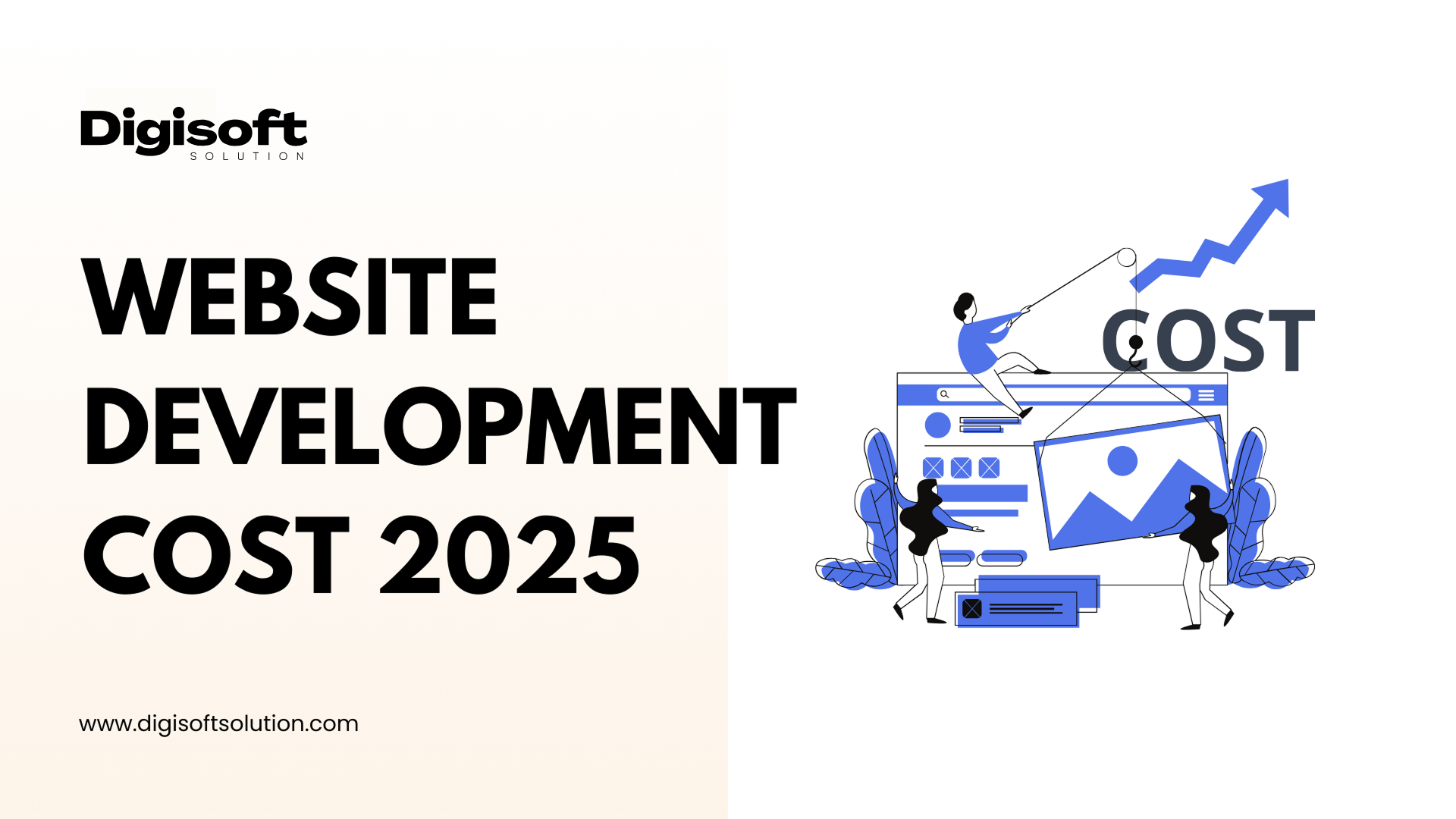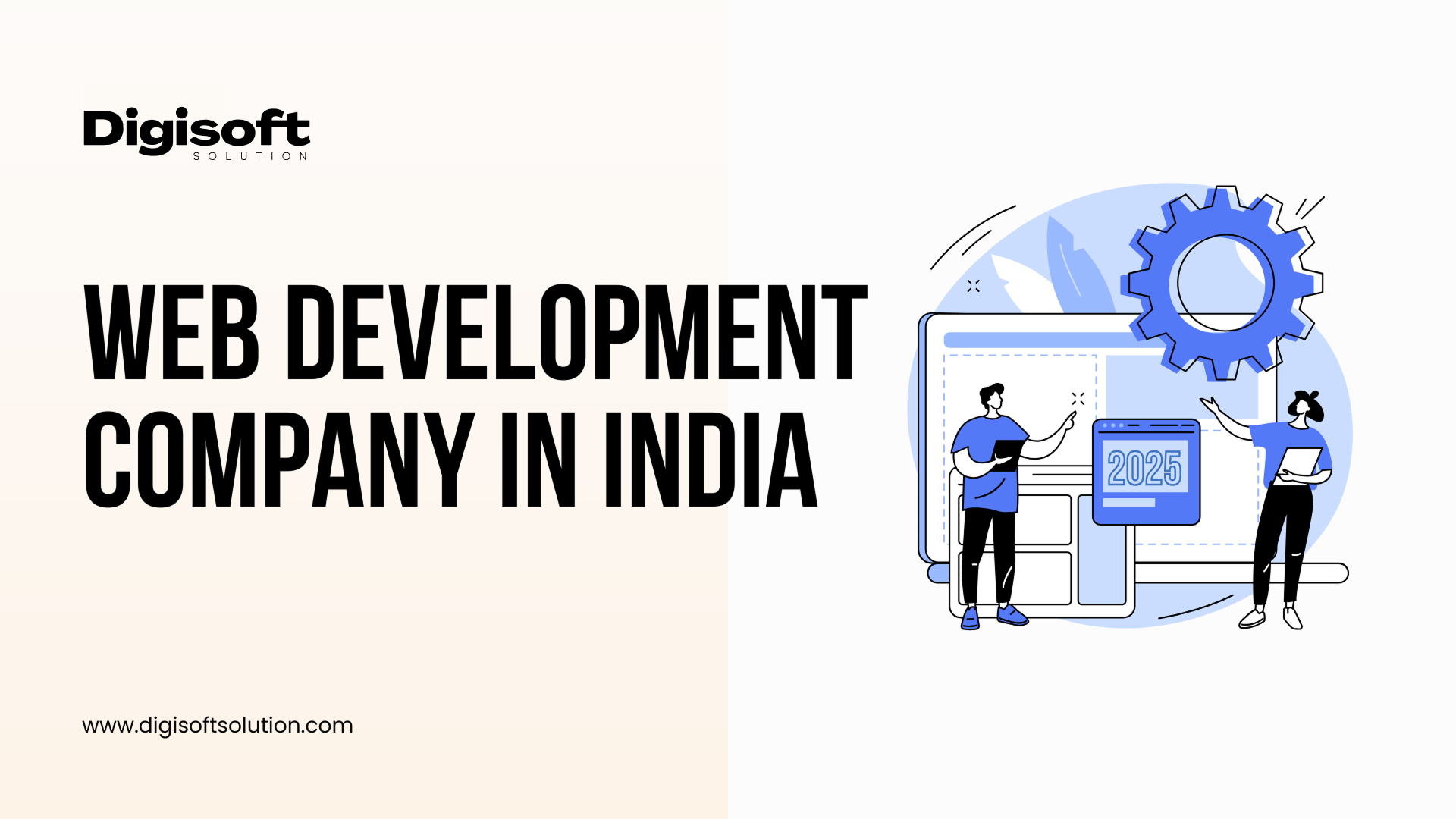Table of Content
- What is Proof of Concept (POC)
- Meaning of Proof of Concept in Business
- Why and When to Use a Proof of Concept (POC)
- Key Advantages of Conducting a POC
- Steps to Create an Effective Proof of Concept
- Step 1: Define Your Concept and the Problem
- Step 2: Identify the Resources You'll Need
- Step 3: Define Success Metrics
- Step 4: Set a Scope and Timeline
- Overcoming Technical Challenges In PoCs
- Challenges in Proof of Concept Testing
- Conclusion
Digital Transform with Us
Please feel free to share your thoughts and we can discuss it over a cup of coffee.
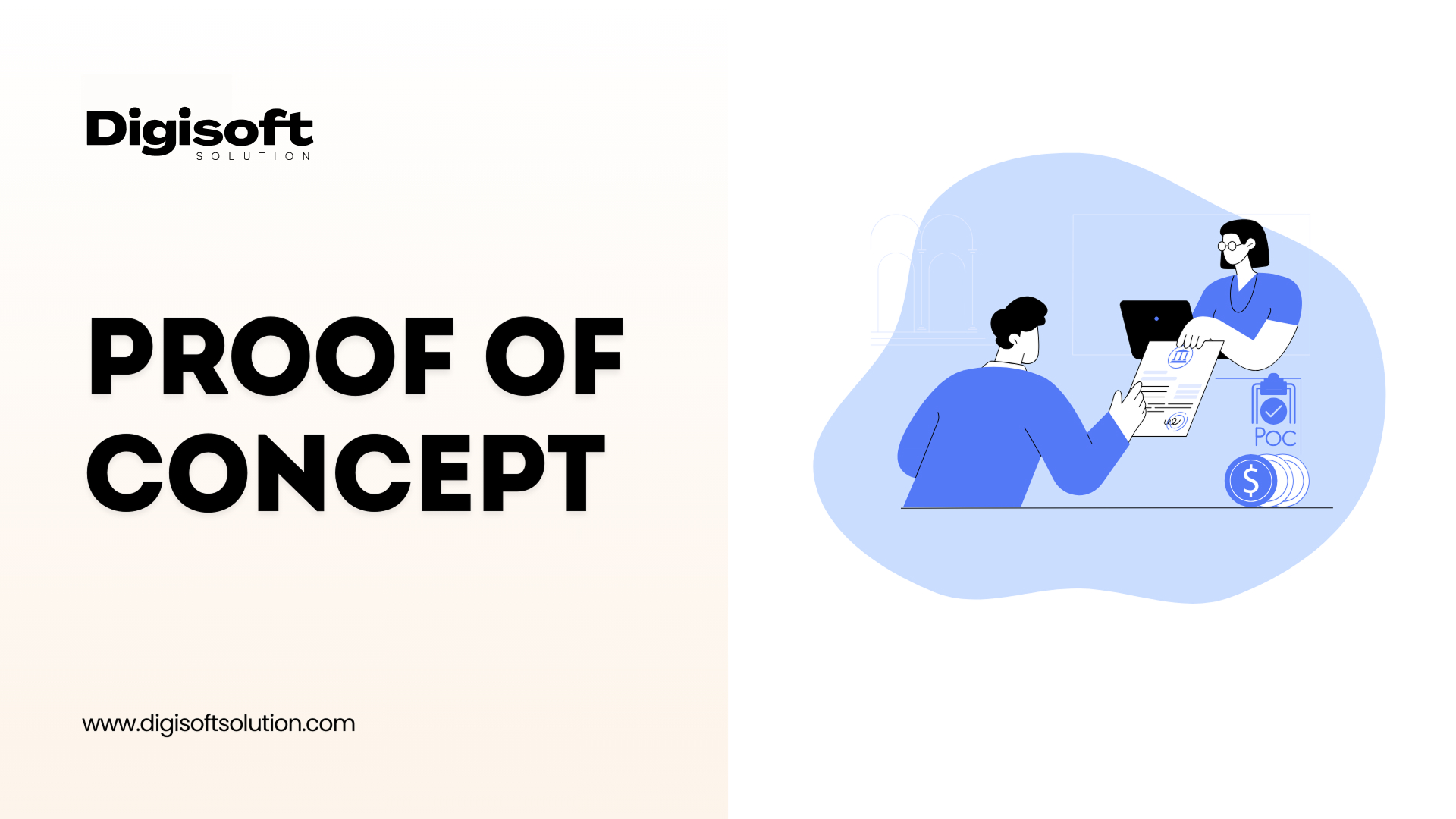
POC or proof of concept prototypes are indeed very important tools in project development. A POC helps everyone involved by giving team members and sponsors the freedom to test and evaluate an idea before committing to its full implementation. It is the sort of checkpoint to ensure that the project or product really meets real-world needs or reasonable expectations.
In this blog post, we delve into everything POC: definition, significance across industries, and pragmatic advice on building a successful POC. Project managers, business managers, founders, and project contributors can all use the guide to make better decisions and reduce project risks.
What is Proof of Concept (POC)
In the middle of a project, a test product or presentation is created to show if a bigger idea, project, or method is practical. It is a way to determine the practicality of the concept and validity of one’s full-scale development. In short, it tells us, “Does this thing work in reality?
Meaning of Proof of Concept in Business
With respect to business, POC instills a level of confidence in collectors and decision makers who invest in a project. It sometimes becomes crucial when activities offer an unprecedented experience but involve new ideas, techniques, or technologies. A POC identifies the first bottlenecks, reducing the risk of project failure and making the path to implementation smoother.
Why and When to Use a Proof of Concept (POC)
A proof of concept is indeed a necessity for:
- Introduction of a New Product or Service: If your idea is new or innovative, a POC can help you see if it can be implemented and provide valuable insights.
- Feature Differentiation: Introducing completely new features in an established environment can create disruption. With a POC, it is easy to know whether the new part will rightly dovetail into what is out there.
- Unknown Frontiers: Any of these may include a business model or technology that will still be at the experimental stage. Doing a POC will allow an employer to have a glimpse of what feasibility could truly mean before scaling.
These insights will help an organization to identify potential customer interests and dissatisfaction with present products. For instance, test marketing a proof of concept in sales proof of concept could help improve techniques for converting leads to customers, testing the sales approach in a smaller setting.
Key Advantages of Conducting a POC
There are many other advantages of not having to set a POC history at the beginning of a project:
- Risk Prevention: It identifies potential challenges and provides an opportunity for a team to proactively respond.
- Trust in the Investors: It indicates that it might be something worth investing in, getting the thumbs up from investors, partners, or decision makers.
- Data-Driven Insights: It provides hand-in-hand data that can be actioned in software development.
- Resource Usage: Small-scale idea testing helps avoid wasting time and money on ineffective concepts.
Steps to Create an Effective Proof of Concept
Crafting proof of concept work requires a structured process to guarantee success. Here are the steps you can follow:
Step 1: Define Your Concept and the Problem
Start by clearly explaining your idea and the problem it aims to solve. Research your target audience's pain points and show how your solution addresses them. Be clear about the features of your product or service and what results you expect.
Step 2: Identify the Resources You'll Need
Creating a product or service requires different resources, both physical and non-physical. Make a complete list of what you need, including materials, technology, labor, and time for research or outsourcing expertise. Planning these in advance will help make the web development process smoother.
Step 3: Define Success Metrics
Next, set clear criteria to measure the success of your Proof of Concept (POC). Depending on your business goals, this could include user satisfaction, performance, or return on investment. For new products, consider material costs, as well as the time needed for production and marketing. Setting realistic standards helps avoid major mistakes.
Step 4: Set a Scope and Timeline
What is the size of your business, and what is your timeline? Are you starting in one market or launching nationwide? Clearly define your scale and schedule so everyone involved knows what to expect.
digital marketing tactics on a limited scale and assess their efficacy. This method offers insightful information for scaling effective strategies.
- Product Innovation: A proof of concept (POC) can be used by businesses investigating new ideas to confirm usability and market demand. To find out interest and functionality, a tech startup might develop a proof of concept for a wearable gadget.
Overcoming Technical Challenges In PoCs
Creating and testing a Proof of Concept (POC) is a great way to validate an idea, but there can be technical challenges along the way. Overcoming these issues is important for successfully moving forward with your POC.
- Technological Constraints: To build a working prototype, you need the right tools and technology. Sometimes, these resources are limited, which can force you to find alternative solutions.
- Integration Problems: A POC often involves adding new technology or systems to existing ones, which can lead to compatibility issues, delays, or unexpected problems that need quick fixes.
- User Experience and Interface: Even a basic version of the product should have a user-friendly interface. A good user experience helps gather useful feedback, while a poor one can make the POC ineffective.
- Testing and Scale-Up: Testing a POC on a small scale is one thing, but understanding how it will perform on a larger scale is another challenge. This can be addressed by simulating larger tests or refining the prototype based on smaller tests.
By addressing these technical challenges early on, you can strengthen the POC and get valuable insights from it.
Challenges in Proof of Concept Testing
Despite its advantages, POC testing has drawbacks too, such as:
- Restricted Scope: The modest scope of a POC may not allow for all possible problems.
- Resource Constraints: Time and budget restrictions can impact the quality of the POC.
- Stakeholder Buy-In: Convincing stakeholders to invest in a POC can be challenging without clear initial financial benefits.
Careful preparation, effective communication, and an emphasis on quantifiable results are necessary to overcome these obstacles.
Conclusion
A successful proof of concept can mean the difference between a costly failure and an effective project. You could earn the trust of stakeholders, maximize resources, and open the door for innovation by confirming the viability of your idea early on.
At Digisoft Solutions, we are experts at using thorough project planning and execution to help companies realize their ideas.
Get in touch with us right now to find out how our experience can help your next big idea succeed!
Digital Transform with Us
Please feel free to share your thoughts and we can discuss it over a cup of coffee.
 Parampreet Singh
Parampreet Singh
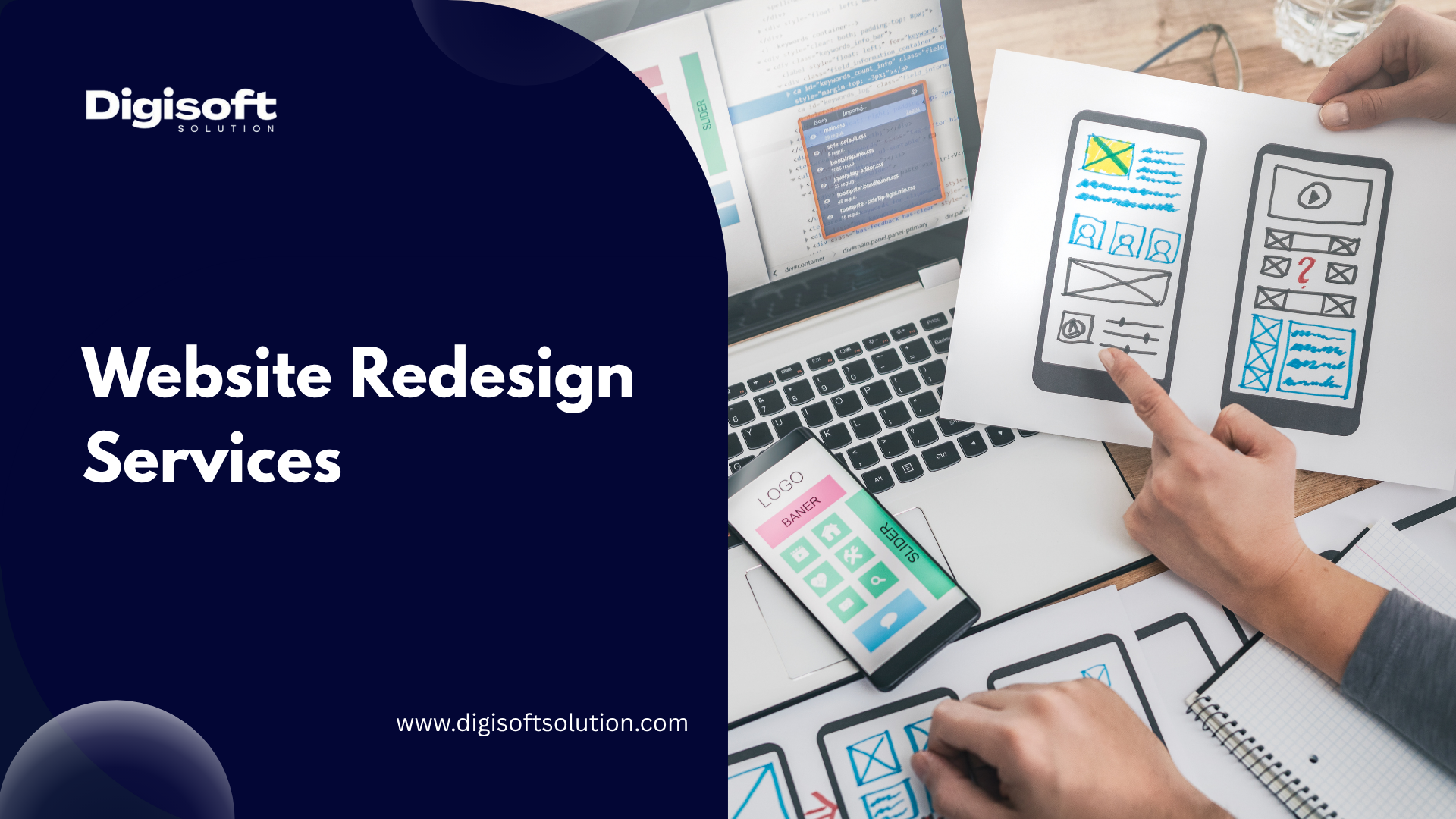


 Kapil Sharma
Kapil Sharma


